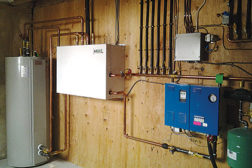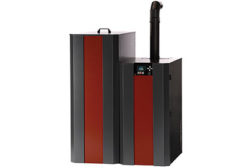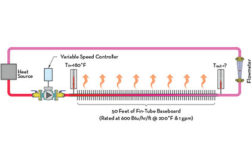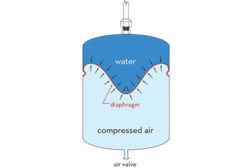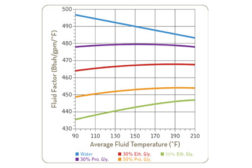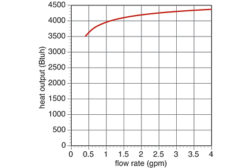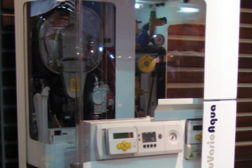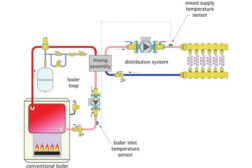John Siegenthaler, PE
John Siegenthaler, P.E.
Principal of Appropriate Designs
john@hydronicpros.com
Principal of Appropriate Designs
john@hydronicpros.com
The third edition of his book, Modern Hydronic Heating,
is now available. For details, visit www.hydronicpros.com.
ARTICLES
A Unique Air-to-water Heat Pump System Rivals Geothermal System Efficiency
Read More
German Water: How Flow Rate Affects Heat Output
It’s OK to Design a System Outside of a 20°F Delta T
Read More
Hydronic Radiant Ceiling Cooling for Smaller Buildings
Though More Expensive, Radiant Trumps Forced Air in Comfort
Read More
Expansion Tank Pressurization
Improper Air-side Pressurization ‘Wastes’ some of the Internal Volume
Read More
Contrasting Rules of Thumb, Calculations
Using Accurate Numbers is the Professional Thing to Do
Read More
Heat Transfer: Nature Versus Math
Formulas and Assumptions Don’t Always Predict what Happens
Read More
Missing: Self Buffering & Low Head Loss
Considering Circulators and Head Loss in Modern Boiler Systems
Read More
Copyright ©2024. All Rights Reserved BNP Media.
Design, CMS, Hosting & Web Development :: ePublishing

